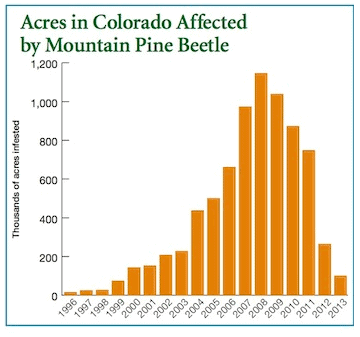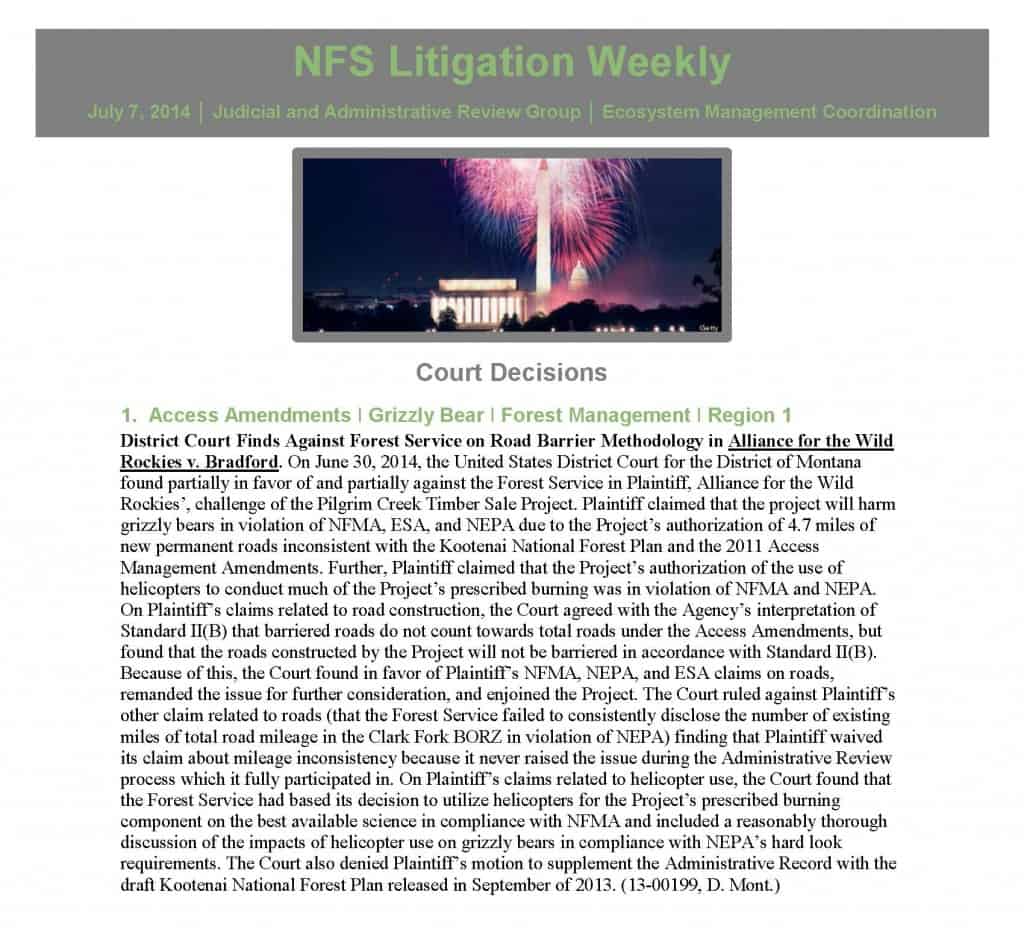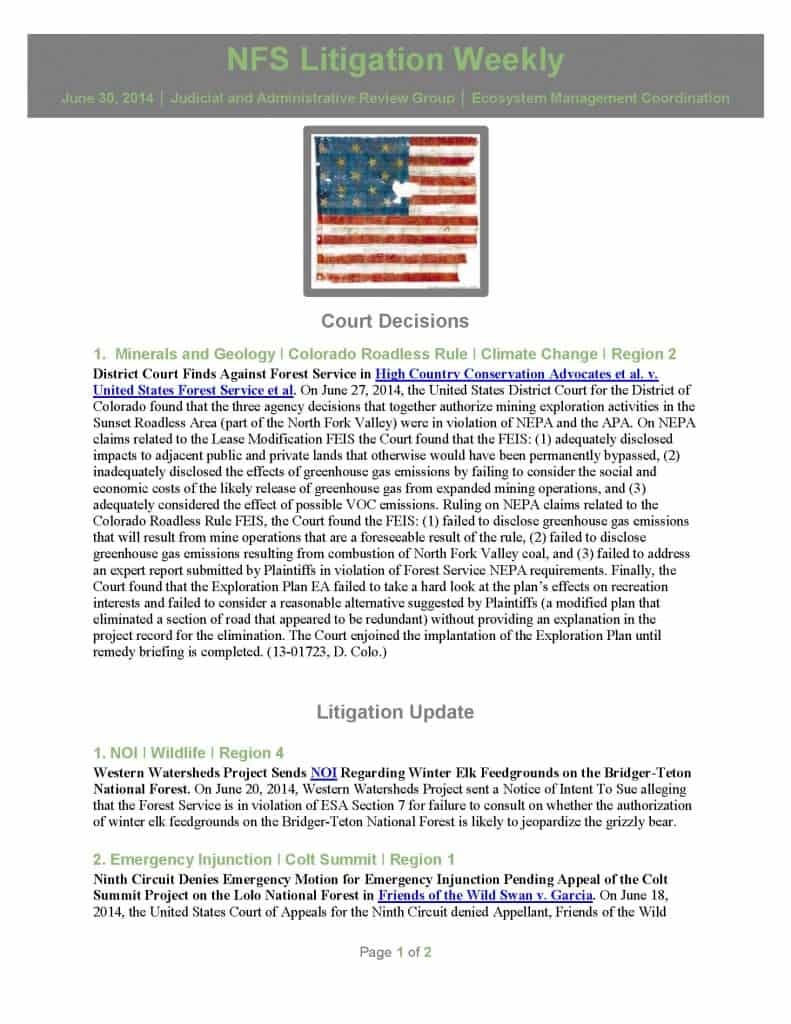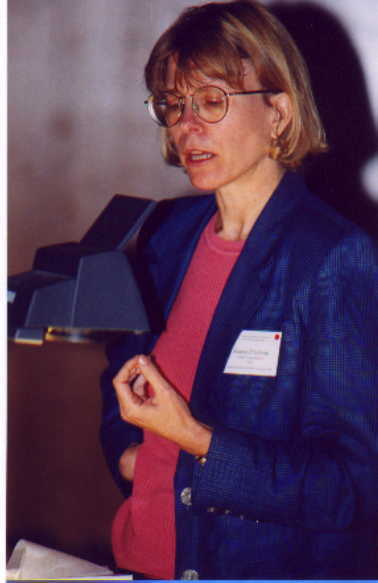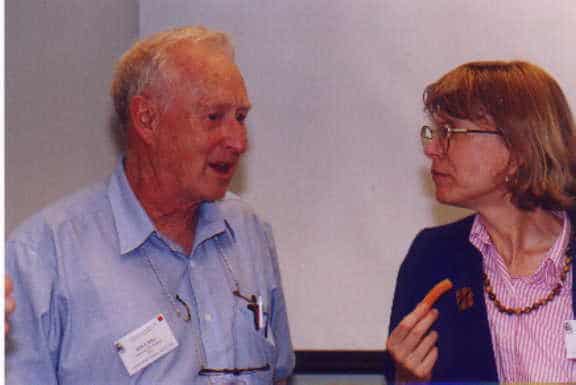In this section, I address different framings of the larger issue around forests, and explore how different framings privilege different scientific and other disciplines. This can occur whether a framing is helpful or not to decision makers, or accepted or not by stakeholders, simply due to how research is prioritized and funded (most often, by groups of scientists).
Below is a sample of some ways of looking at the important issues for forests, intended to show the breadth and diversity of approaches that different disciplines can take. As stated above, this tends to be done implicitly, with relatively little debate or discussion among disciplines. It seems likely that discussion across disciplines and with stakeholders and the public about the important issues might serve to focus research to provide better information for future decisions.
Is the basic problem in forestry how to allocate forests to different uses in a wise, just, and environmentally sensitive manner- “how should we manage a given area of land or landscape?” This is traditionally the area of planners, local governments, and landowners. These groups then use scientific information as available to help make decisions. Other valuable information they use in decision-making includes their own experience, experience of practitioners and indigenous people, history, the law, and the mixture of their own preferences and values.
The role of place is specifically linked to this framing of the question. In an era of globalization, land is the ultimate thing that cannot be moved or shipped. Carey (1998) describes the process of becoming located in a place in these words “over time our perceptions, thoughts and feelings undergo a process of integration with that place. We achieve an intimacy with climate and landforms. Adaptation gives way to coevolution. The place changes us even as we change the place.” He goes on to compare “space” and “place”, “space is defined by numerical coordinates, squares on a grid, longitude and latitude. By contrast place is defined by “human experience, by stories and a sense of connection that is born of years spent observing and interacting with a particular ecosystem.” The poet Gary Snyder (1995) calls bioregionalism and watershed consciousness “ a move toward resolving both nature and society with the practice of profound citizenship in both the natural and social worlds. If the ground can be our common ground, we can begin to talk to each other (human and nonhuman) again.” One of the key tensions in land allocation is between local, regional, national and international rights and responsibilities, and a tension between academic, scientific and local knowledge. Yet, framing the issue as helping local decision makers allocate land leaves a different center and clientele for research than some of the other way of asking the question.
From the forestry or landscape architecture point of view, is the question “how should we design landscapes?” McQuillan (1993) mentions both the aesthetic of architecture and aesthetic of participation in the urban or rural environment. McQuillan also points out that forestry is an art as well as a science, as acknowledged by the Society of American Foresters since 1971. Once again, in forests there is science, but what is its proper role- like that of engineering in architecture? Perhaps forestry and conservation biology have this in common, as Soule’ (1985) states in describing conservation biology “in crisis disciplines, one must act before knowing all the facts; crisis disciplines are thus a mixture of science and art, and their pursuit requires intuition as well as information.” Once again real world applications require some mix of intuition, art, and science. Still, looking at the issue as one of design rather than allocation brings art to bear, and a different lens than simply allocation. Framing the question this way leaves science, art, and intuition as partners in design, and on real landscapes, citizens and their political structures.
Is the key question for forests “what practices and technologies should be used?” Certain practices, such as home and road development, logging, and using automobiles, using or not using fire, have effects on water, soil, air, and organisms of all kinds. Can humans decrease our needs, substitute other products, or decrease the negative impacts of these practices? The difficulty with framing the question this way is that in many cases the critical question about practices for a policy maker is not whether it impacts the environment, but what the impacts compared to available alternatives. Often in scientific research, alternatives are not part of the study, which leaves the policy maker to potentially compare apples and oranges, or, more often, kiwifruit and ball bearings. This can lead to the plaintive cry of the scientist to the policy maker along the lines of “if you don’t use my ball bearing in your cake, you are not using the best science.”
Is the question “how can we change human culture to be more sensitive to the environment?” Again, this would be the province of the humanities. Is the problem too many people? Is the problem how to conserve biodiversity? If the question is seen as “how best to protect the environment from people?” or “how can we develop new technologies that provide for people’s needs?” the first group is not realistic because it does not consider that people have needs, while the second group does not consider the social or environmental impacts of its technology. While feeling smug and comfortable within disciplines, reducing the problem into these discrete units is ultimately a political and not scientific action, and leaves us bereft of potential solutions to the problem of harmonizing the needs of humans and other organisms.
Each way of describing the problem has several parameters: different mixes of humanities and sciences to be purveyors of information, different systems of stakeholders and decision makers, paradigms of preservation and use, and different focus on the local compared to general concepts and principles. The paradox is that to some extent each is the problem, the whole problem is each of these and larger than each of these. The paradox is that the answer is a function of the question and who picks the question is a function of values, not science. And we need to base our design of the future on what we know about people and the environment, but also on what resonates with the human soul, a world designed to be a place we would all want to live.
